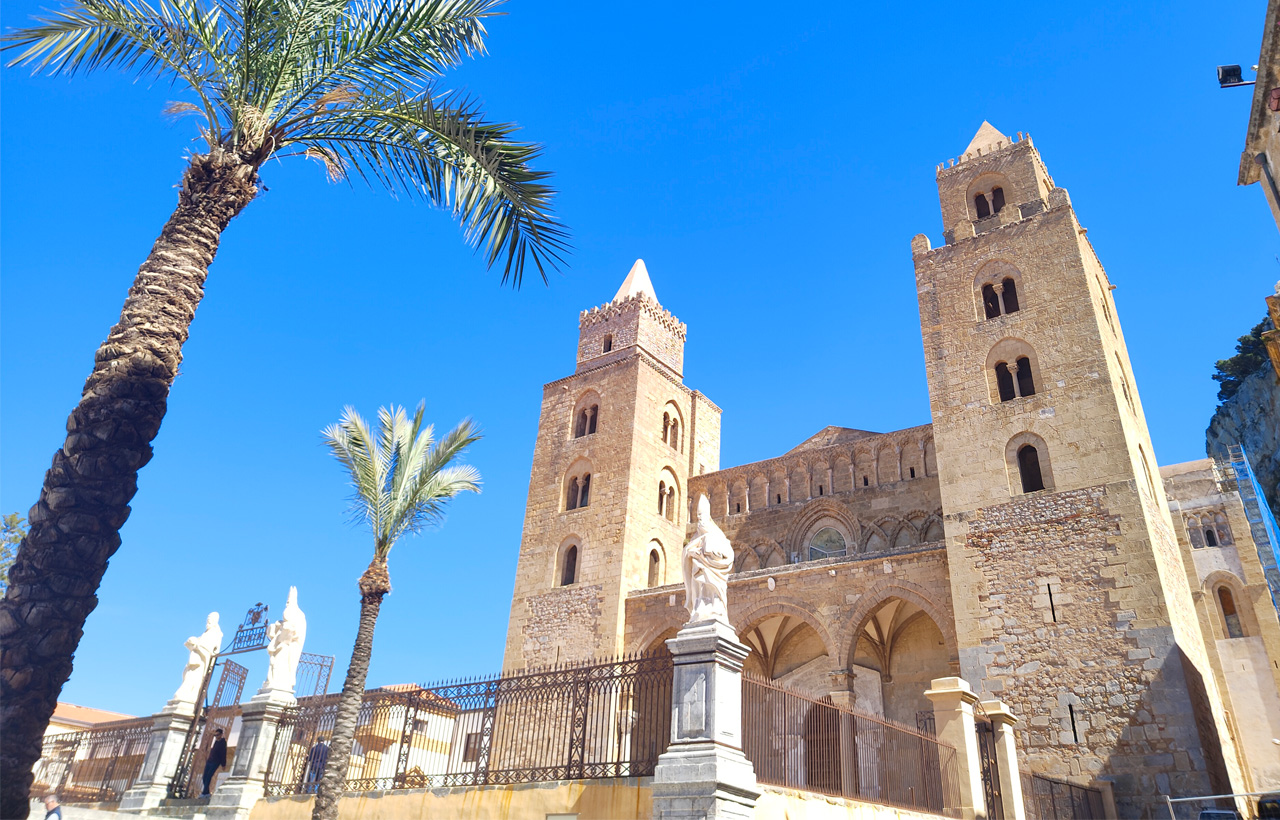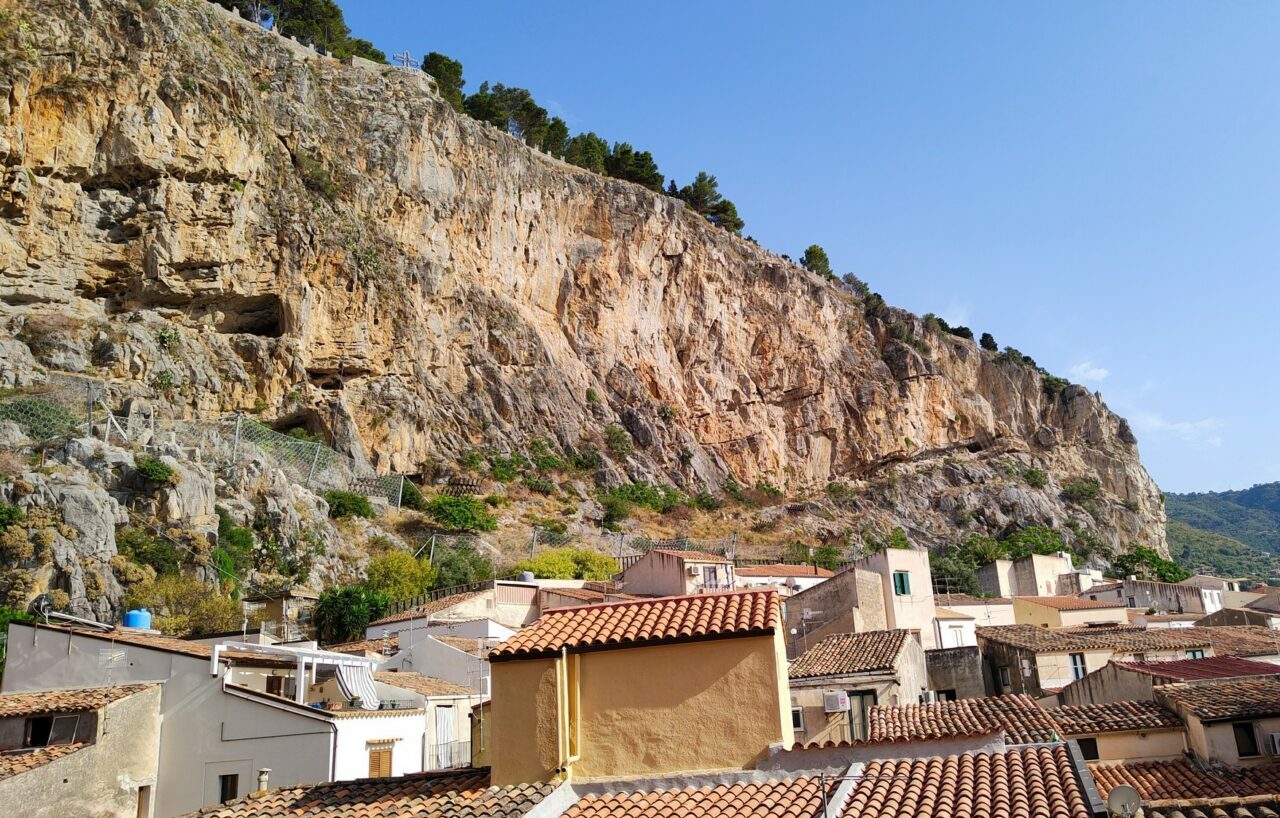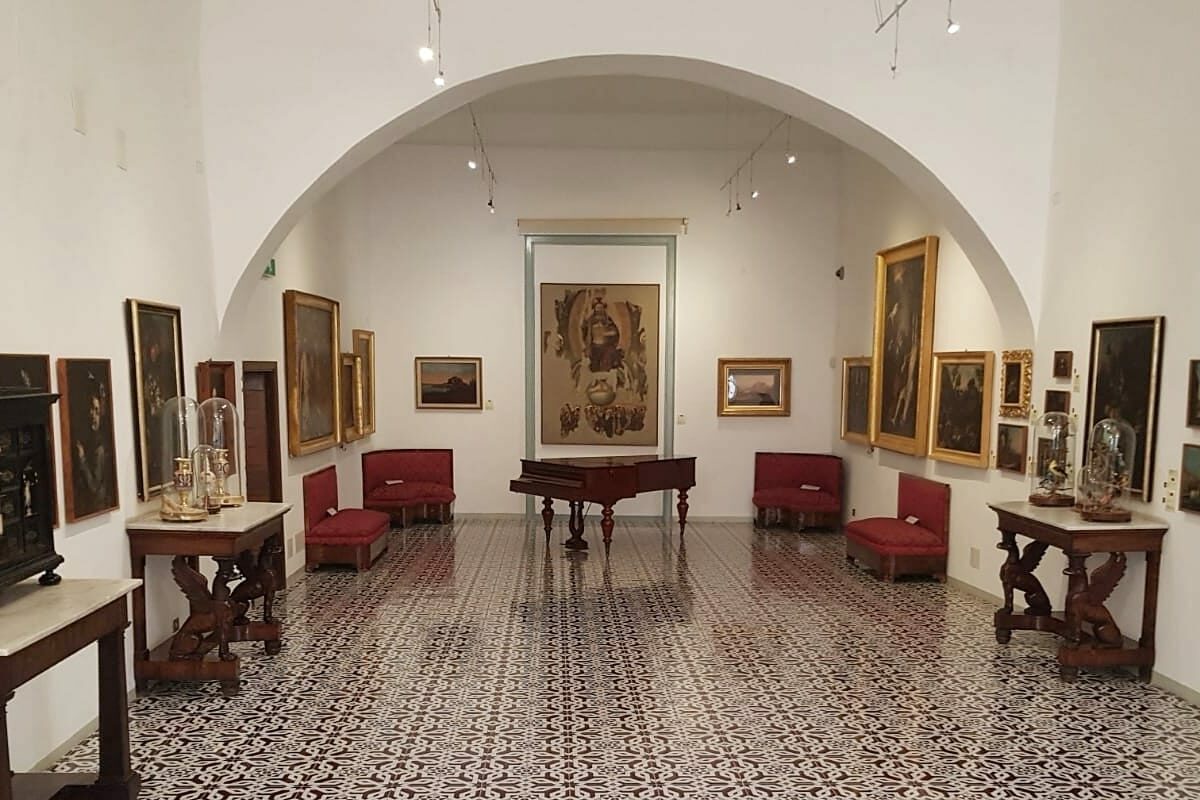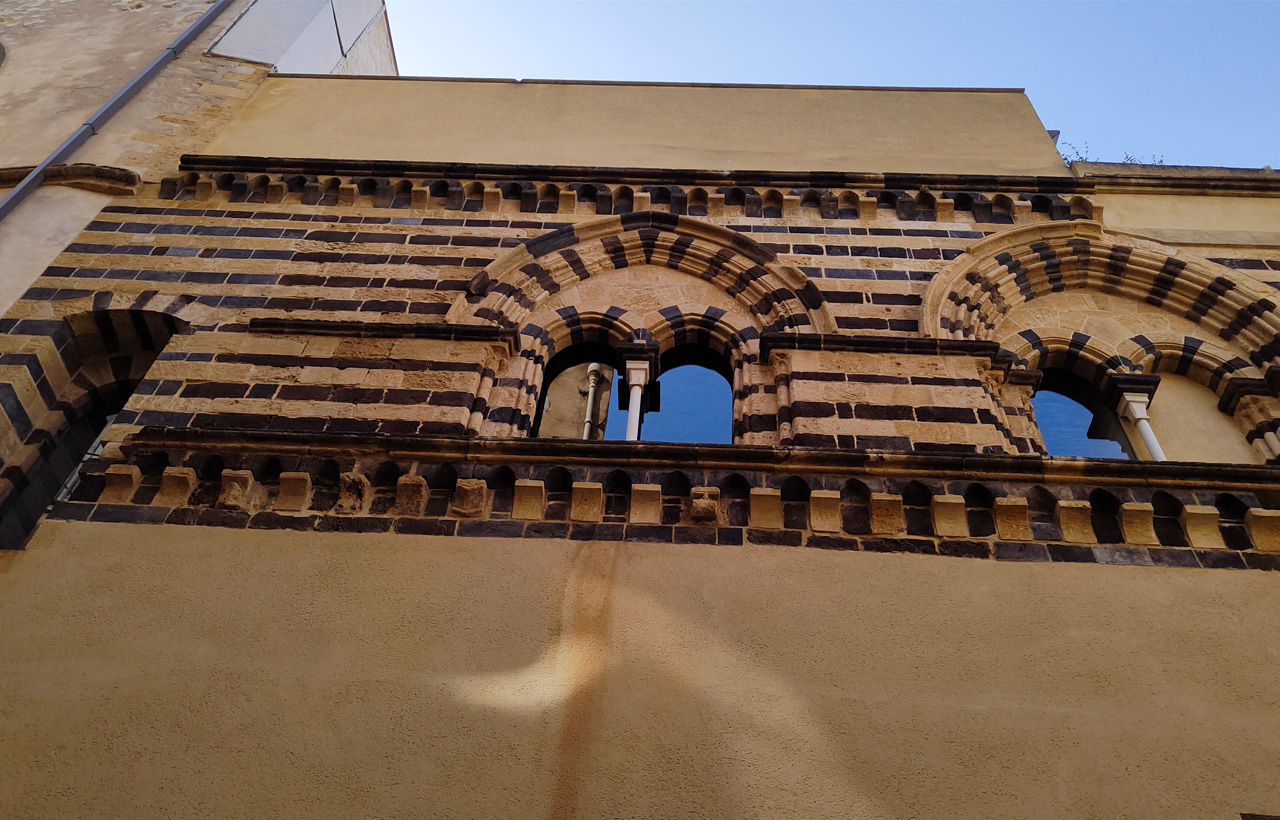CATHEDRAL OF CEFALÙ
BEAUTY, HISTORY, ART
The symbol of Cefalù and a must-see attraction, the Basilica of the Transfiguration, known as the Duomo or Cathedral of Cefalù, is a masterpiece of Arab-Norman beauty. A Unesco World Heritage Site since 2015, it stands in the heart of the old town, in Piazza Duomo, and towers imposingly against the Rock of Cefalù. Commissioned by Roger II in 1131 and consecrated in 1267, it represents an extraordinary example of Sicilian religious architecture.
The interior, in the shape of a Latin cross, is divided into three naves supported by granite columns. The central apse, covered with Byzantine mosaics made by masters from Constantinople between 1148 and 1166, is dominated by Christ Pantocrator, accompanied by the Madonna and four archangels. Saints, apostles and religious symbols decorate the apse, the presbytery and the choir vault.
To the left, there is the recently restored 12th-century medieval cloister with decorated capitals and coupled columns.
Legend has it that Roger II built the cathedral as a sacred vow after surviving a shipwreck. However, historical documents indicate that the cathedral was erected in memory of his parents and as a sign of redemption.
Over time, the structure has undergone modifications and reconstructions. Originally, it housed a mausoleum and two sarcophagi for Roger II and his wife, which were later removed.
Located in the heart of Cefalù, the cathedral is easily reached from the Porto Vecchio beach via Porta Marina. Piazza Duomo, accessible from Corso Ruggero, is surrounded by cafés offering a privileged view of the cathedral.
Access to the cathedral is free of charge, while to visit the towers, the cloisters or the museum area, it is necessary to purchase a ticket, which is available on the official website of the Visiting Itineraries of Cefalù Cathedral.





